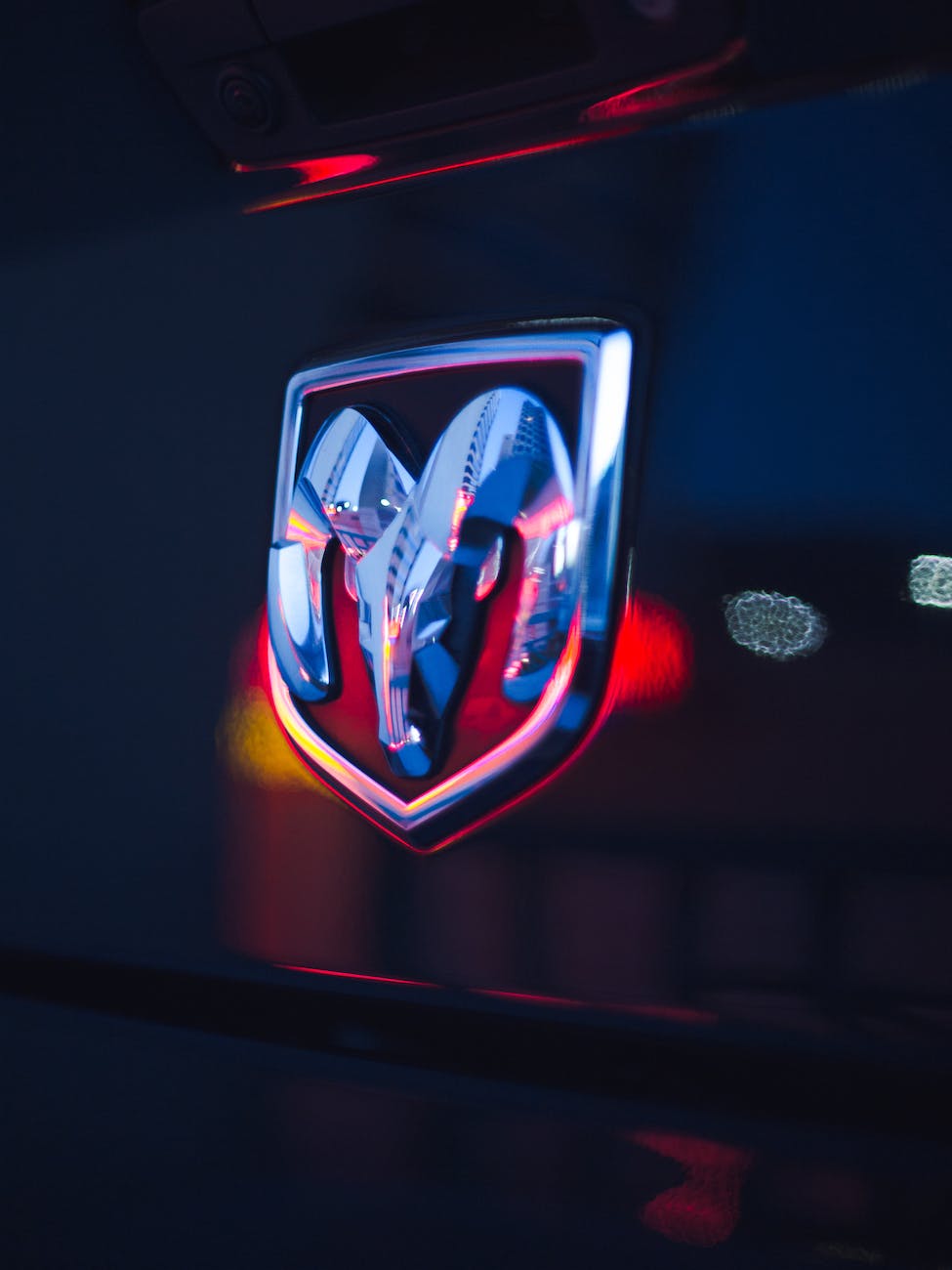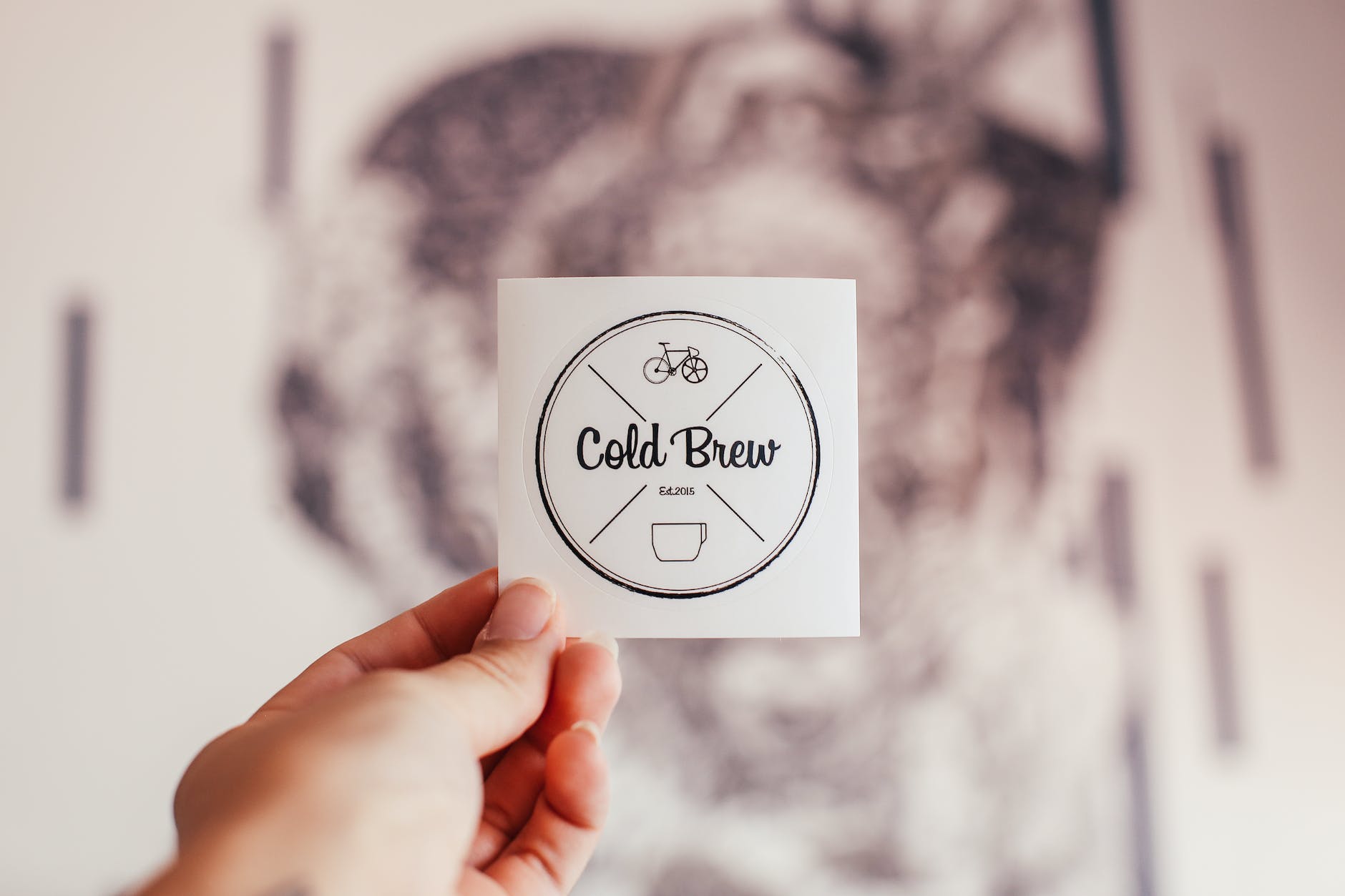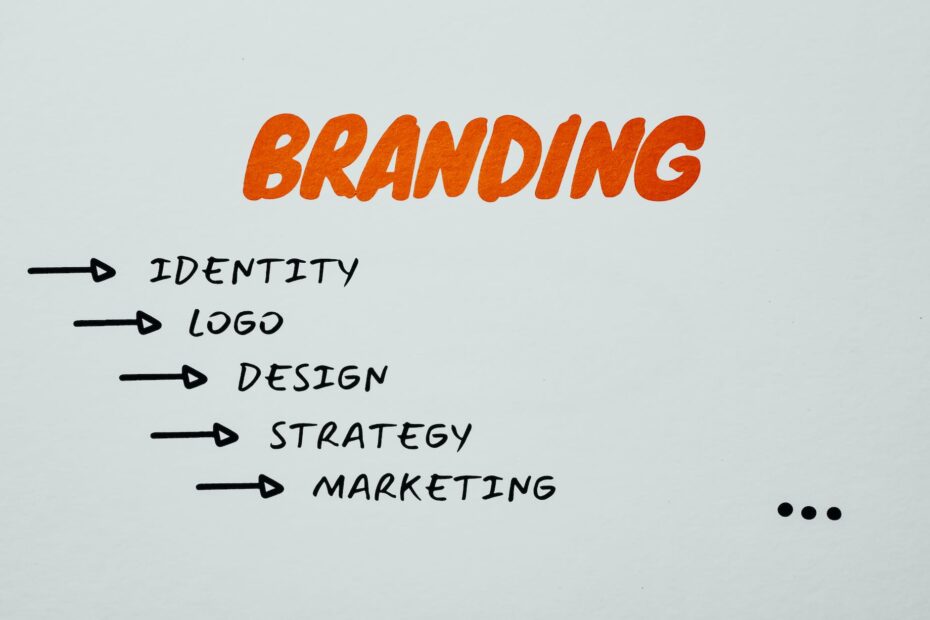Your logo is the face of your brand and serves as a critical component of your branding strategy. It’s the first thing that people see and can make a lasting impression on potential customers. An effective logo design requires careful consideration of your brand’s values, personality, and target audience. In this article, we’ll explore seven pro tips for designing a logo that not only reflects your brand but makes it stand out from competitors. These tips cover everything from conducting research to choosing the right colors, fonts, and shapes, simplifying your design, creating a timeless logo, getting feedback, and applying your logo consistently across all branding materials.
Table of Contents
1. Understanding the Importance of Logo Design for Branding

Why Logo Design Matters for Branding
Your logo is the first thing people notice about your brand. It is the face of your company and plays a crucial role in creating a lasting impression. A well- designed logo can instantly communicate your brand’s message, values, and personality to your target audience.
The Role of Your Logo in Creating a Memorable Brand Identity
A strong logo design is essential for creating a memorable brand identity. The colors, fonts, and shapes used in your logo can evoke emotions and create a significant impact on your audience’s perception of your brand. A well-designed logo can help your brand stand out in a crowded marketplace and create a lasting impression on your customers.
2. Conducting Research to Identify Your Brand’s Identity and Values
Defining Your Brand’s Personality and Voice
Before creating a logo, it’s essential to define your brand’s personality and voice. Consider the values and characteristics you want your brand to be associated with, and ensure your logo reflects these qualities. Are you a modern and sleek brand, or are you more traditional and classic? Understanding your brand’s personality and voice is crucial to creating a logo that resonates with your audience.
Researching Your Target Audience and Competitors
Researching your target audience and competitors is essential for creating a logo that appeals to your customers and stands out in the market. Understand your customers’ preferences, their visual language, and the logos of your competitors. This will help you create a logo that is unique, memorable, and reflective of your brand’s personality and values.
3. Choosing the Right Colors, Fonts, and Shapes to Reflect Your Brand
Selecting Colors That Evoke the Right Emotions and Convey Your Brand’s Message
Colors play a crucial role in logo design. They evoke emotions and can convey your brand’s message. Choose colors that reflect your brand’s personality and values. Consider how your target audience may perceive different colors and their cultural connotations.
Choosing Fonts That Match Your Brand’s Personality and Tone
Fonts are another crucial element in logo design. They can reflect your brand’s personality and tone. Choose a font that matches the style and voice of your brand. Consider using custom fonts to make your logo more unique and memorable.
Using Shapes and Icons to Enhance Your Logo Design
Shapes and icons can be used to enhance your logo design and create a stronger brand identity. They can convey meaning, evoke emotions, and make your logo more memorable. Choose shapes and icons that are relevant to your brand and convey your brand’s message.
4. Simplifying Your Design for Clarity and Versatility

The Benefits of a Simple Logo Design
A simple logo design is easy to recognize, memorable, and versatile. A complex logo can be difficult to reproduce in different sizes and media, so a simple design is preferable. A minimalistic logo design can stand the test of time and remain relevant for years to come.
Designing a Versatile Logo That Can Be Used Across Different Platforms and Media
Your logo will be used across different platforms and media, so it’s crucial to design a versatile logo that can adapt to different sizes and formats. Ensure your logo is legible and recognizable in both small and large sizes. Consider how it will look in black and white, as well as in color. A versatile logo design will ensure your brand is consistent and recognizable across all channels.
5. Creating a Timeless Logo That Will Stand the Test of Time
When it comes to logo design, it pays off to think long-term. While it’s tempting to incorporate trendy design elements, this can quickly date your logo and make it ineffective in just a few years. Instead, focus on creating a timeless logo that will remain relevant and effective for years to come.
Avoiding Trends and Fads That Will Quickly Date Your Logo
While trendy design elements may be popular for a brief time, they quickly become dated and lose their effectiveness. A timeless logo, on the other hand, incorporates classic design principles and avoids fads that will quickly become outdated. By focusing on design elements that will remain relevant, you can create a logo that will stand the test of time.
Designing a Logo That Will Be Relevant and Effective for Years to Come
When designing a logo, consider the future and think about how it will look in ten or twenty years. A good logo is a versatile one that can be applied to various mediums, and adapts to changes in technology and consumer preferences. By creating a logo that is both visually appealing and relevant, you can ensure its longevity and effectiveness.
6. Getting Feedback and Refining Your Design
Designing a logo is a collaborative process, and it’s important to get feedback from a variety of sources. Constructive criticism can help identify areas of improvement and refine your design.
The Importance of Feedback in Logo Design
Feedback provides valuable perspectives that can help identify potential design flaws or areas for improvement. By getting feedback, you can ensure that your logo resonates with your target audience and effectively communicates your brand’s message.
How to Analyze Feedback and Use It to Improve Your Design
To effectively analyze feedback, it’s important to keep an open mind and consider the source. Be receptive to constructive criticism and identify areas of improvement. Use these insights to refine your design and make it more effective.
7. Applying Your Logo Consistently Across All Branding Materials

Once you have a great logo, it’s important to use it consistently across all your branding materials. Consistent use creates an easily recognizable brand identity and can help build brand recognition.
The Importance of Consistency in Branding
Consistency is key when it comes to branding. By using your logo consistently across all your branding materials, you create a cohesive and easily recognizable brand identity. This can help build trust with your target audience and increase brand recognition.
How to Use Your Logo Across Different Media and Platforms
Your logo should be versatile enough to be used across different media and platforms, including social media, print, and your website. Make sure to use the correct file format and resolution for each platform, and keep the size and placement consistent. This will help establish a consistent brand identity and make your logo easily recognizable.Designing an effective logo is not a one-time task but a continuous process that requires ongoing adjustments and improvements. By applying these pro tips, you can create a logo that represents your brand, communicates your messaging, and stands the test of time. Remember to always keep your target audience and brand values in mind, and be open to feedback and changes as your brand evolves. With a well-designed logo, you can make a lasting impression on your customers and set your brand apart from the competition.
FAQ
Why is logo design important for branding?
A logo is a visual representation of your brand, and it’s often the first impression that people have of your business. A well-designed logo can help to establish your brand identity and create a memorable impression on potential customers.
What are the key elements of an effective logo design?
An effective logo design should be simple, timeless, memorable, and versatile. It should reflect your brand’s values and personality, and it should be easy to recognize and communicate your messaging.
How can I get feedback on my logo design?
You can get feedback on your logo design by sharing it with friends, family, colleagues, or members of your target audience. You can also seek the help of a professional designer or use online feedback tools to get input from a broader audience.
How do I ensure that my logo is consistent across different media and platforms?
Consistency is key to effective branding, and you can ensure that your logo is consistent across different media and platforms by using the same design, color palette, and font across all materials. You should also consider the size and placement of your logo to ensure that it’s easily recognizable and legible in all formats.
-
Product on sale
 Graphic Designing Launchpad CourseOriginal price was: ₹1,499.00.₹149.00Current price is: ₹149.00.
Graphic Designing Launchpad CourseOriginal price was: ₹1,499.00.₹149.00Current price is: ₹149.00.
Become an expert
Learn Graphics Designing with our Launchpad Course and get Bonus Materials worth thousands for FREE!
